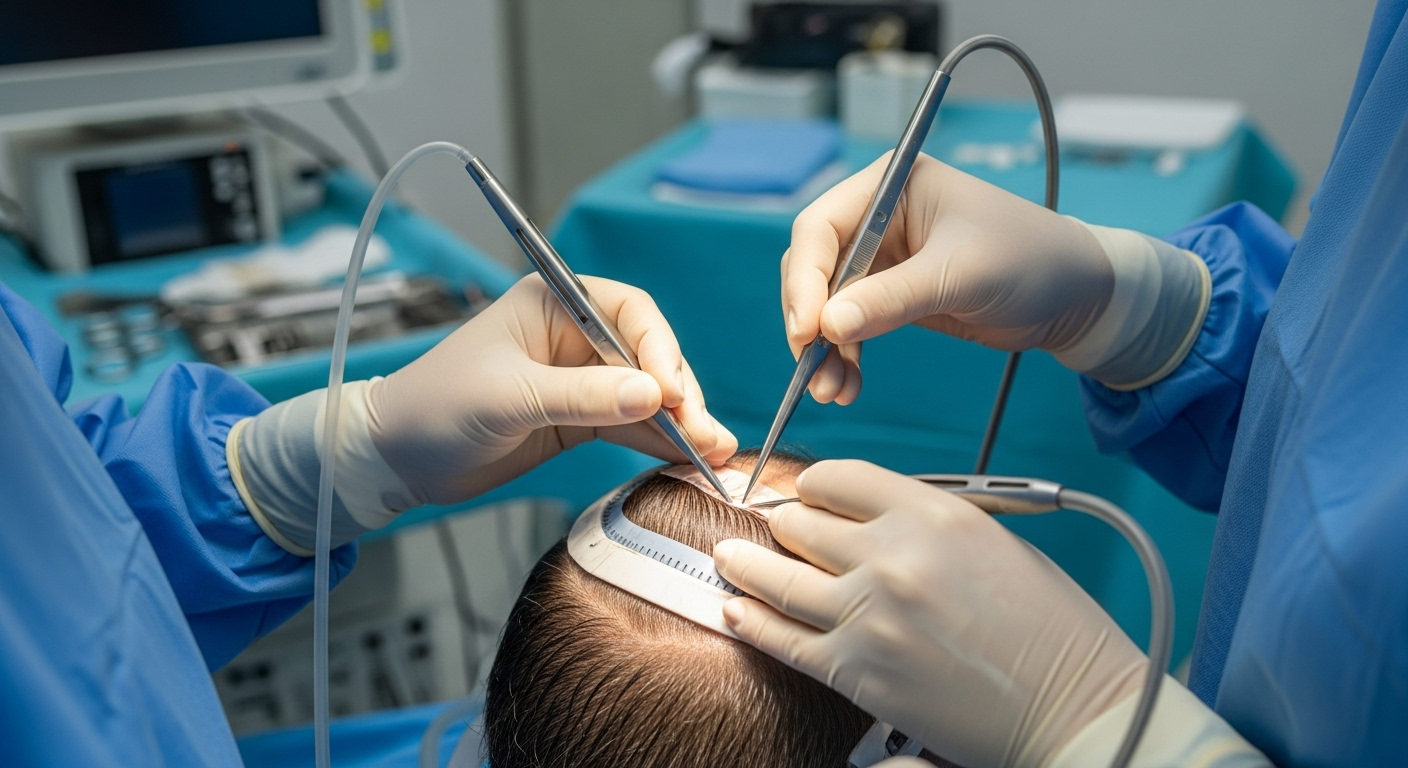Liposuction Explained: Procedure, Benefits & Risks
Liposuction removes stubborn fat deposits to refine body contours and improve silhouette. Learn how modern techniques, from tumescent to ultrasound- and laser-assisted methods, work, who qualifies for the procedure, expected recovery, risks to consider, and typical cost ranges to help you make an informed decision.

Liposuction is a surgical method used to eliminate localized fat pockets that resist diet and exercise, helping to reshape and contour targeted areas. While it can produce a more sculpted appearance, liposuction is not a substitute for weight loss or a treatment for obesity. Understanding how the operation works, who is a suitable candidate, potential complications, recovery expectations, and cost factors will help you determine whether it might be appropriate for your goals.
How the procedure works and common techniques
Surgeons usually remove fat with a thin instrument called a cannula that is inserted through small skin incisions. For smaller or targeted procedures, local anesthesia with sedation may be sufficient; more extensive body contouring typically requires general anesthesia. Several refinements exist to improve efficiency and tissue response:
- Tumescent liposuction: large volumes of dilute local anesthetic and vasoconstrictor are injected into the treatment area to reduce bleeding and make fat easier to remove.
- Ultrasound-assisted liposuction (UAL): sound waves break up fat cells before extraction, which can be useful in fibrous or scarred areas.
- Laser-assisted liposuction: laser energy helps liquefy fat and can stimulate some skin tightening.
Each technique has advantages and trade-offs. The choice depends on the body area, amount of fat, skin quality, and surgeon preference.
Who is a good candidate?
Ideal candidates are generally healthy adults who are close to their target weight—often within about 30% of their ideal—and have firm, elastic skin. The best outcomes occur when pockets of fat are localized rather than widespread. Key considerations:
- Realistic expectations: Liposuction refines shape; it does not produce dramatic weight loss.
- Skin quality: Good elasticity helps the skin re-drape smoothly over the new contours.
- Stable weight: Significant future weight changes can alter results.
- Lifestyle factors: Smoking increases complication risk, so non-smokers or those willing to quit before and after surgery are preferred.
A consultation with a board-certified plastic surgeon is essential to assess candidacy, discuss goals, and plan the approach.
Potential risks and side effects
As with any operation, liposuction carries risks. Common short-term effects include swelling, bruising, temporary numbness, and soreness in treated areas. Most of these settle over weeks to months. Less frequent but more serious complications can include:
- Infection
- Blood clots or deep vein thrombosis
- Seroma (fluid collection)
- Contour irregularities or asymmetry
- Changes in skin sensation
- Injury to deeper structures such as nerves, blood vessels, or organs (rare)
Choosing an experienced, qualified surgeon and following pre- and post-operative instructions are critical to minimizing complications. Discuss potential side effects, warning signs of problems, and your surgeon’s complication rates during the consultation.
Recovery timeline and aftercare
Recovery varies with the extent of surgery and the areas treated. Many patients return to desk-based work within several days to a week, but full healing can take weeks to months. Typical recovery guidance includes:
- Wearing compression garments to reduce swelling and support tissues for several weeks
- Avoiding heavy lifting and vigorous exercise for at least 2–4 weeks, or longer for extensive procedures
- Maintaining hydration, a nutritious diet, and avoiding nicotine to promote healing
- Attending follow-up appointments so your surgeon can monitor healing and remove sutures if needed
Swelling and bruising may linger, and the final contours often become apparent between three and six months after surgery as tissues settle.
Costs and factors that affect price
The price of liposuction depends on multiple variables: number and size of areas treated, surgical technique, anesthesia and facility fees, the surgeon’s experience, and the geographic location. Financing plans are often available through clinics and independent lenders. Below are typical U.S. cost ranges to give a general sense of expense.
| Area Treated | Typical Cost Range |
|---|---|
| Abdomen | $3,000 - $7,500 |
| Thighs | $2,500 - $6,000 |
| Arms | $2,000 - $5,500 |
| Chin/Neck | $2,000 - $4,500 |
| Full Body | $9,000 - $20,000+ |
Cost disclaimer: These figures are estimates and may vary by provider, region, and individual treatment specifics. They often do not include anesthesia, operating room fees, or related ancillary expenses. Confirm current pricing and what is included directly with your surgeon.
Making an informed decision
Liposuction can deliver meaningful contour improvements when performed for the right reasons on appropriate candidates. Prioritize surgeon qualifications, review before-and-after photos, and ask about complication management and revision policies. Consider the recovery commitment and how to maintain results through a healthy lifestyle.
This article is for informational purposes only and should not be considered medical advice. Please consult a qualified healthcare professional for personalized guidance and treatment.






